You’re not alone if you’ve noticed random holes in your yard. Many homeowners face the challenge of identifying which animal is responsible for these unsightly holes.
By understanding the signs of various burrowing animals, you can take steps to manage and prevent future infestations.
Why do animals dig holes in the lawn?
Animals are primarily driven to dig holes in your yard while looking for food. Underneath your lawn’s surface is a thriving ecosystem of insects, grubs, earthworms, and insect larvae that many animals find irresistible.
Creatures such as skunks, raccoons, voles, and moles are infamous for digging holes in your yard to search for these nutritious treats.
Besides foraging, some animals dig to create a safe shelter or nest. For example, burrowing animals like gophers and groundhogs make complex underground tunnel systems for protection against predators and extreme weather conditions.
While these activities are a normal part of their survival process, they can cause significant damage to your lawn. The tunnels and holes disrupt the uniformity of your yard, making it unsightly, and can also damage the roots of your plants.
Identifying the type of animal digging in your yard is essential to implement the most effective control and prevention strategies.
9 Animals That Dig Holes in the Yard
As we embark on this exploration, we will unveil the identities of the nine primary culprits, potentially turning your beautiful lawn into a network of tunnels and holes.
These animals, each with unique behaviors and characteristics, share one common trait – they can all dig.
Whether seeking shelter or hunting for a meal, these animals make your yard their habitat. Here’s a detailed look at these intriguing diggers, their tell-tale signs, and why they might choose your yard as their playground.
Moles – The Subterranean Tunnellers
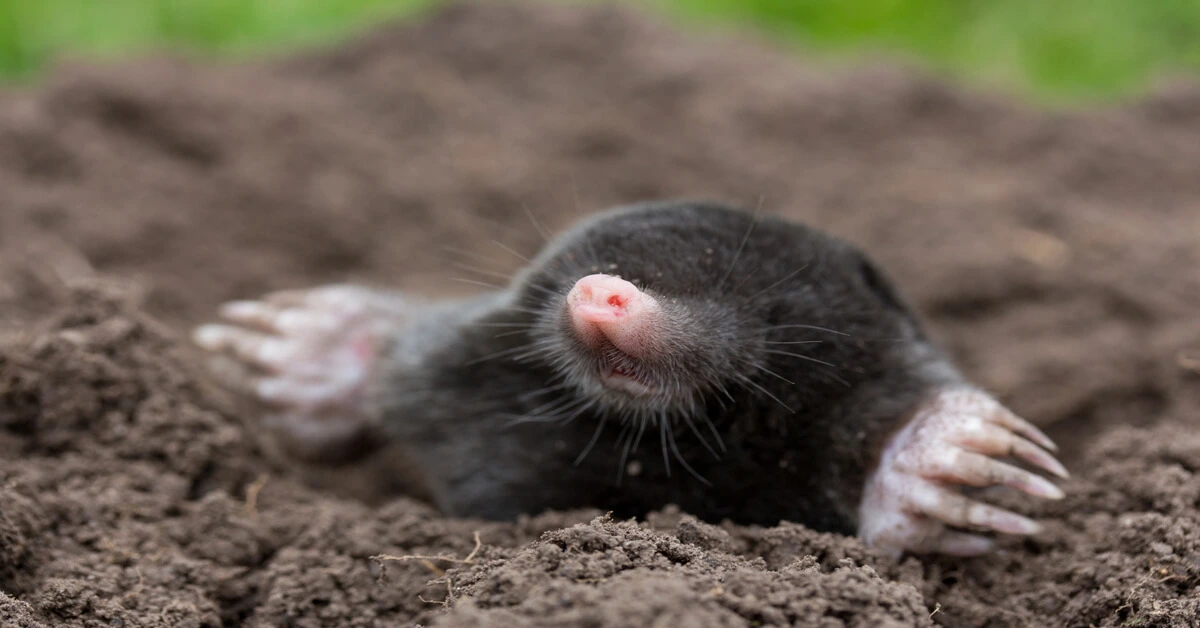
Moles are notorious for creating a network of underground tunnels searching for earthworms and grub. They leave behind a tell-tale sign: raised ridges across your lawn with small, round exit holes.
The damage to your lawn can be extensive but don’t worry. There are repellents and traps available to help control this burrowing animal.
Gophers – The Mound Builders
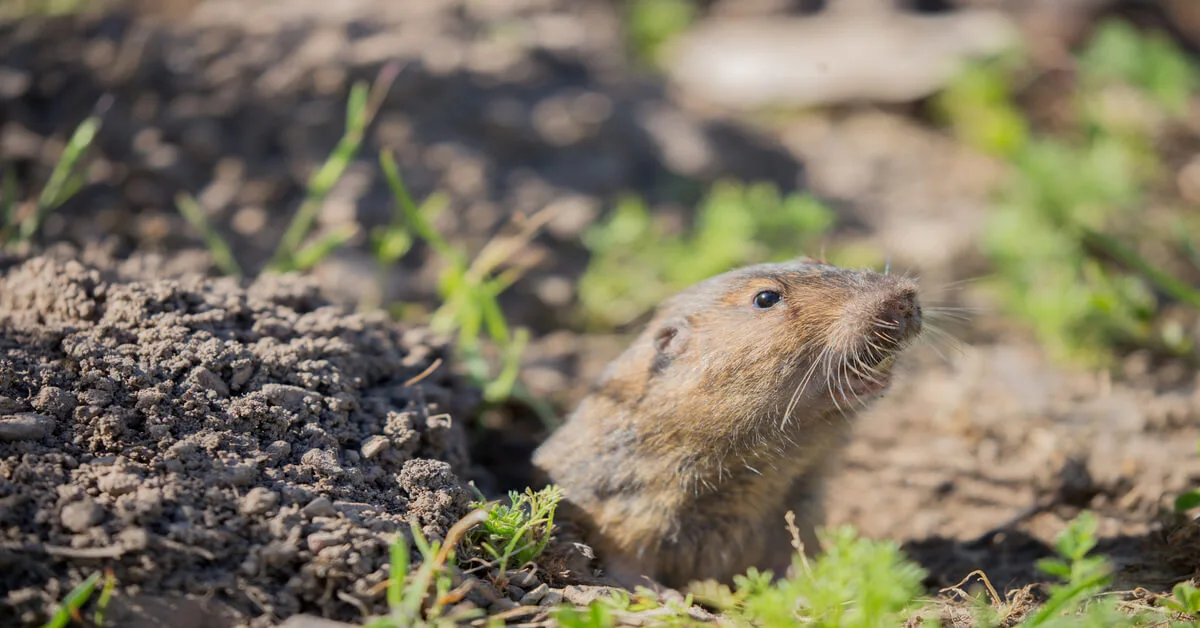
Unlike moles, gophers dig in search of roots and tubers and are known to be more damaging to gardens and vegetable beds.
Suppose you’re noticing mounds of dirt with holes that are about 2.5 inches in diameter. In that case, you’re dealing with pocket gophers.
Voles – The Grass Guzzlers
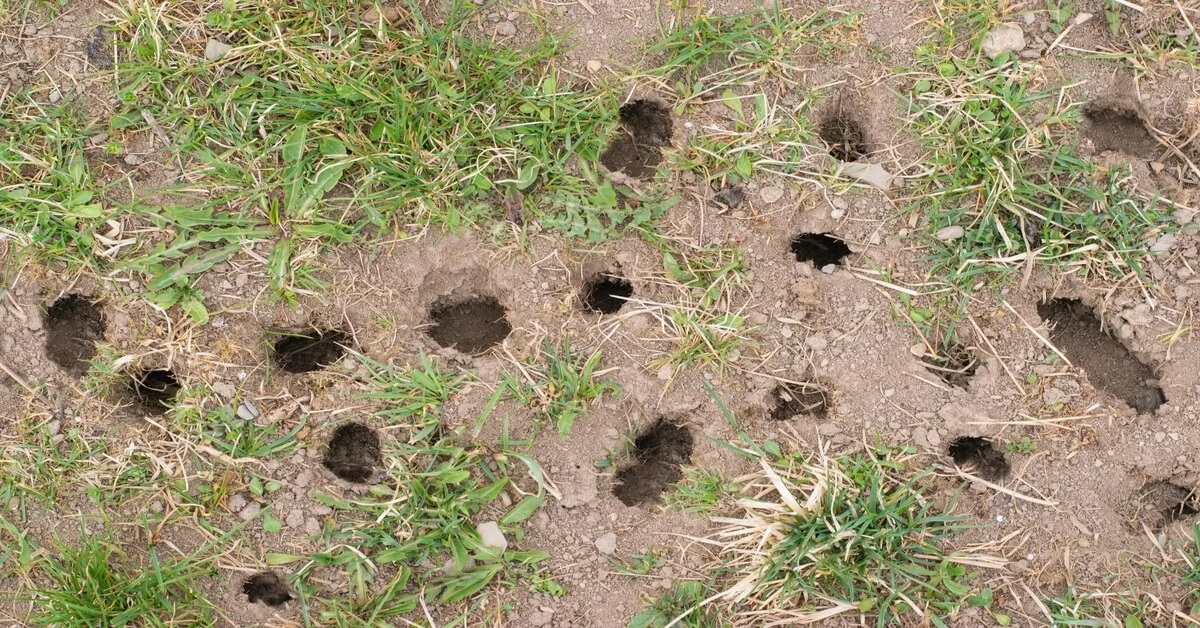
Voles, known as meadow mice, create surface runways leading to tiny holes. They love to munch on grass, seeds, and bulbs, often leaving visible paths of damaged grass.
Voles are active all year round, so you might notice their activity more during winter when they can cause significant damage to your lawn and garden.
Skunks & Raccoons – The Nighttime Nuisance
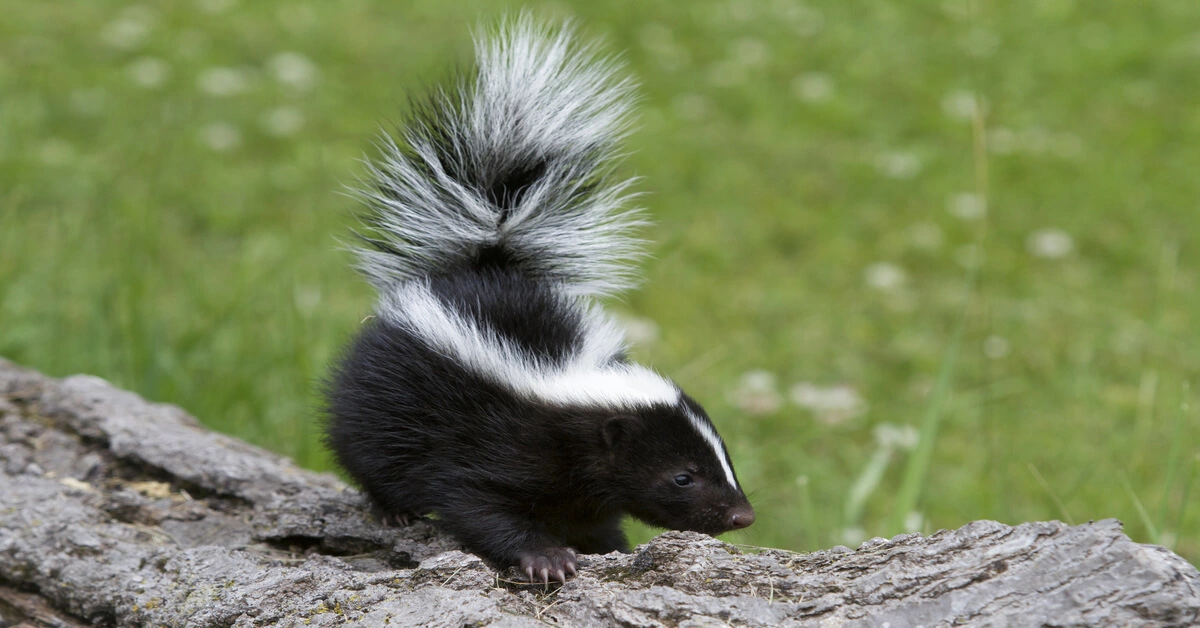
These nocturnal animals dig holes in yards for food, particularly grubs and insects. Skunks leave behind small, cone-shaped holes, while raccoons flip the sod back, creating a messier appearance. Securing garbage cans and minimizing food sources can deter these visitors from your yard.
Chipmunks – The Adorable Adversaries

Despite their cuteness, Chipmunks are a concern for homeowners due to their digging habits. They burrow to create nests and store food, often next to structures like your home’s foundation.
You’ll typically see small holes (about 2 inches in diameter) scattered around your yard if you have a chipmunk problem.
Groundhogs – The Deep Diggers

Groundhogs, or woodchucks, are the diggers of more significant, deeper holes (about 10 inches in diameter). These burrows can be dangerous, causing structural damage or tripping hazards.
Groundhogs are also known to feast on your vegetable garden, so that they can be a double nuisance!
Squirrels – The Hole-Making Hoarders
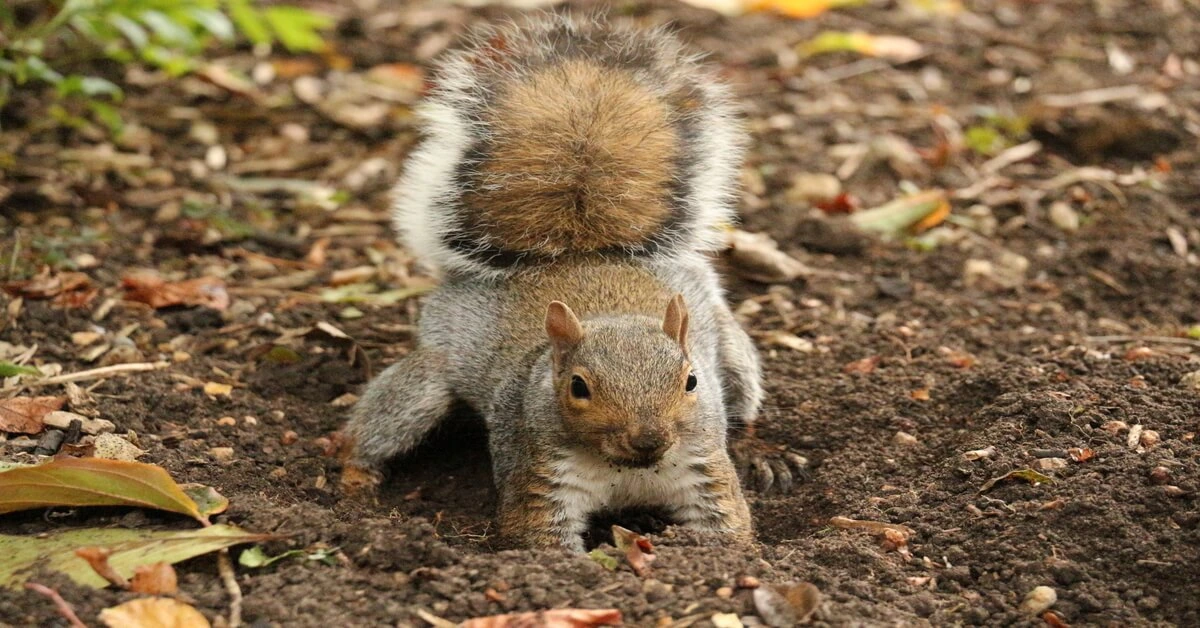
Squirrels make small holes similar to chipmunks but need to be more systematic. These agile animals dig to bury their food and then dig again to retrieve it. Their holes are usually scattered and inconsistent, a sign they’re simply looking for their buried treasure.
Armadillos – The Focused Foragers
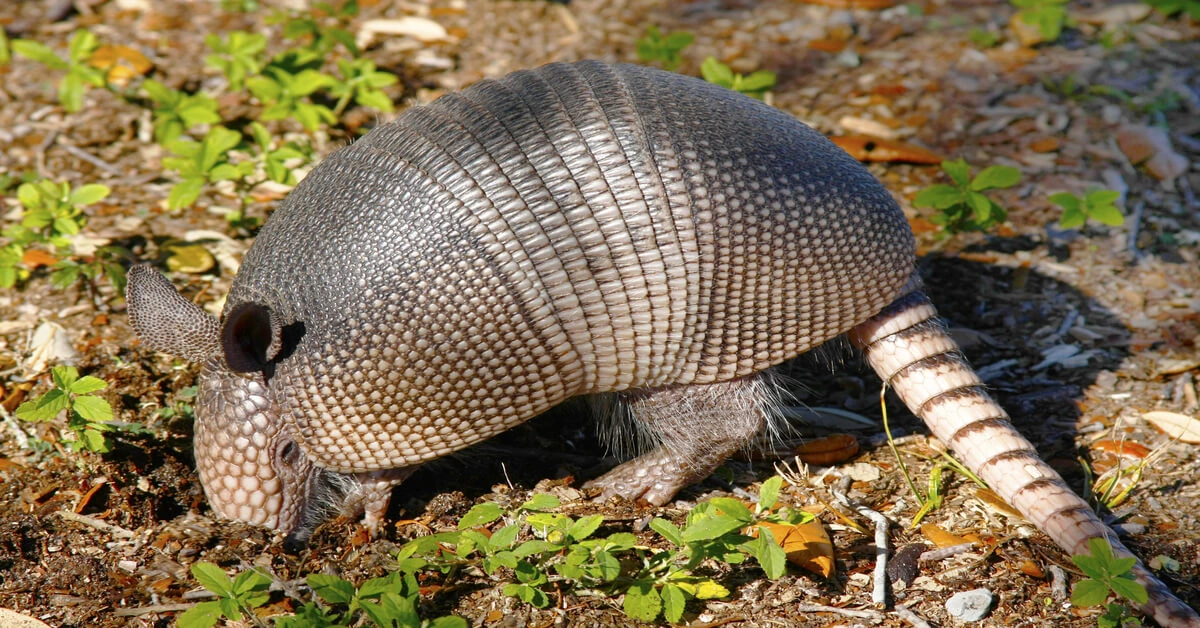
Their digging pattern is a series of small holes scattered across your lawn, often described as looking like someone took a mini pickaxe to your grass. The holes are typically 1-3 inches deep and 3-5 inches wide.
They can be pretty damaging, especially if the armadillo finds your yard a good food source and visits repeatedly.
How to Manage Burrowing Pests
Now that you know which animals are digging in your yard, it’s time to implement a plan. Keep your lawn and garden well-maintained and cleaned—secure potential food sources, such as garbage cans or pet food. Fencing, especially wire mesh or hardware cloth, can prevent many animals from digging.
In severe cases, contact a wildlife removal or pest control service. Remember, it’s crucial to deal with these burrowers humanely and responsibly. Refilling those holes and restoring your yard might take 10 to 14 days. Still, you can maintain a beautiful and critter-free yard with careful attention.
Conclusion
Identifying the type of animal digging in your yard is the first step to handling the issue effectively. Remember, each animal leaves behind distinct signs, and understanding these can help you take appropriate measures to keep these animals away, preventing further damage to your lawn or garden.
Regularly caring for and observing your property can ensure a healthy, thriving yard free from unwelcome digging guests.

